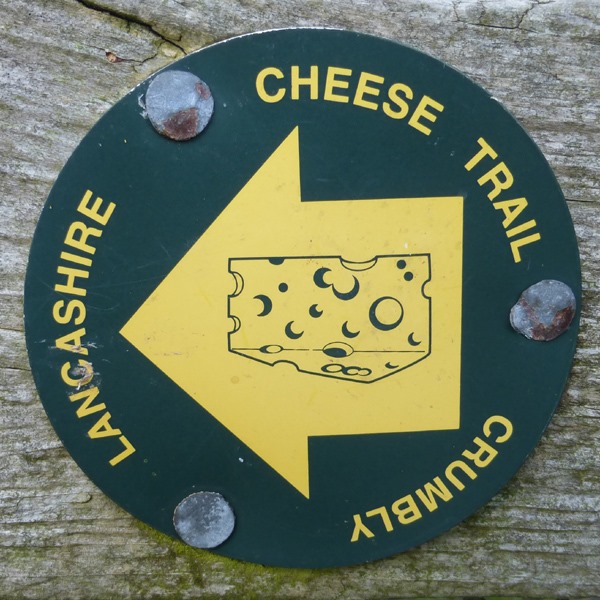Lancaster House Head Chef, Damien Ng and Food and Beverage Manager, Gary Tennant, decided to get out on the Cheese Trail in search of the perfect local cheeses to incorporate in Lancaster House menus.
There are three different types of Lancashire cheeses, each sounding a little bit like a character from a Grimm’s fairy tale – Tasty, Creamy and Crumbly.

Photo Credit: Crosbyman66
Each of these distinctive cheese processes has its own Cheese Trail bearing its name. What could be better than a stroll through beautiful countryside, stopping off at the various artisan cheesemakers along the way to see first-hand the traditional methods and sampling the distinctive flavours.
In a series of blogs, the culinary duo will introduce us to a few of the dairies they visited and share a few cheesy recipes to try at home.
“Cheese, milk’s leap towards immortality!”
Cheese makes life better – not the widely available, mass produced variety that’s hard to distinguish from its plastic wrapping. No, cheese with identity and character that is worth lingering over, comparing, pairing and loosening your belt a notch to accommodate.

Gary captures a selfie with his new bovine friend
Lancashire is world renowned for its rich grazing and, by association, the quality of its milk and cheese. Spoilt for choice, there are seven artisan cheesemakers located within the same postcode on the edge of the beautiful Forest of Bowland, Area of Outstanding Natural Beauty. In most cases they are family businesses that can be traced back several generations. There were annual dairy gatherings in Lancashire as early as the 12th Century when the area was granted a Royal Charter to host a Cheese Fair.

Preston Cheese Market. Photo Credit: Preston Digital Archive
Lancashire’s Patented Cheese-maker
In days past, it fell the task of the dairy farmer’s wife to make cheese from the day’s surplus milk. Usually there was not enough spare each day for a whole cheese, so they allowed the milk to curdle and accumulate and after two or three days the curd was blended together which created a deep and distinctive flavour. Pressed by large ‘cheese stones’, the method was standardised in the 1890s by Mr Gornell, a county council employee who regularly visited many of the Lancashire farms, and who patented a cheese-maker which brought uniformity to the process. It is still referred to as the Gornell Method, and remains part of Lancashire’s rich cheese heritage.

Reinstated Cheese Press – New Laund/ CC 2.0 Karl and Ali
Supporting Local Suppliers
Gary Tennant, Lancaster House Food and Beverage Manager says,
One of our priorities at Lancaster House is to support local suppliers and that is reflected on all our menus. Getting more familiar with the Lancashire dairies and seeing first-hand the traditional cheese-making methods which can produce new innovative flavours has been a fantastic experience. Lancashire cheese is definitely here to stay!

Lancaster House Foodworks Restaurant – serving up the best of Lancashire produce

